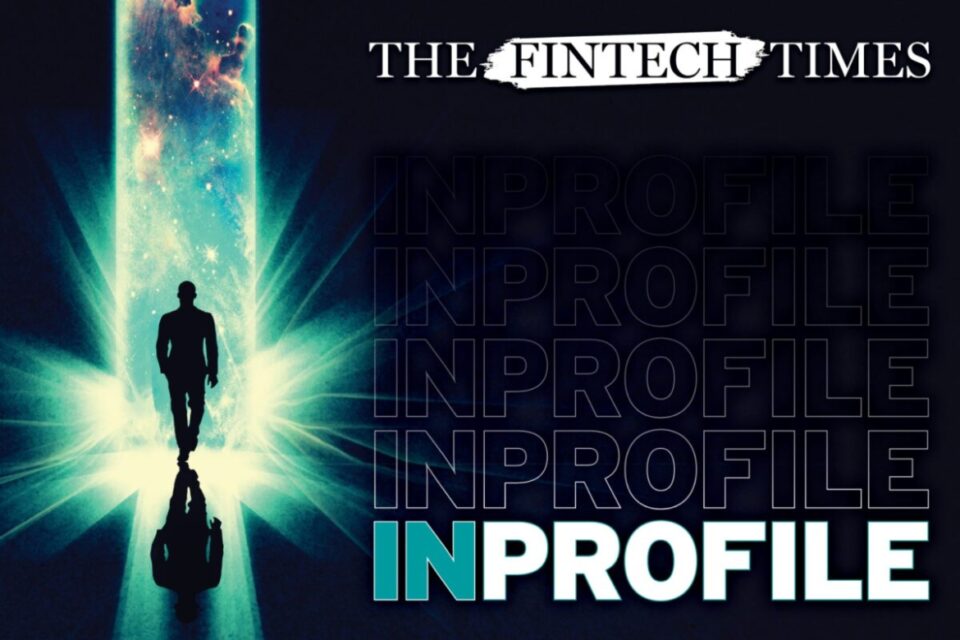In this edition of the In Profile series, Tresata’s CEO Abhishek Mehta shared with The Fintech Times about the technology behind BADaaS and the application’s mission to rid the world of financial crime.

Tell us more about Tresata
Broadly speaking and as an AI-software company, Tresata functions as a digital business engine that first makes data usable for companies and then helps them to understand behaviours—both good and bad—for unique entities (i.e., people, process and products) connected to their organisation. Leveraging core expertise in record linkage and applied network theory, Tresata software has proven success for a wealth of use cases and audacious data challenges for the Fortune 500 across multiple industries, all centred around using data to enrich life for customers.
While Tresata’s software applicability extends beyond the scope of financial crime, BADaaS, or Bad Actor Discovery as a Service, serves as a mobile, hands-on service by which customers, prospects and the general population can experience the power of Tresata’s automation software. As a divergence from traditional enterprise software, BADaaS serves as both a proof point of Tresata’s technological prowess and a means of tangibly improving the world around us (by exposing paths to bad actors).
What kind of financial crime are we seeing at the moment?
The United Nations Office on Drugs and Crime estimates that $2.4 trillion is laundered through the world’s financial markets and banking systems each year. This money then goes on to fund activities that often exploit the most vulnerable members of our communities. This includes the worst of the worst ills plaguing our society, such as modern slavery, child labour, forced prostitution, terrorism, and drug trafficking.
Has this increased recently? Why?
With an estimated 2-5% of the world’s GDP is laundered annually, the cost of financial crime compliance continues to outpace expectations year over year. This has resulted in a reported 33% increase since 2020 (up from $180 billion to $213 billion) in associated costs for financial institutions that are largely held responsible for identifying and stopping these individuals. Not to mention the $10.4 billion in fines that global banks have had to pay for money-laundering violations. These are merely a handful of the known costs to consider when evaluating the true cost of financial crime—the actual cost could very well be multiples of this.
The pandemic has further complicated the fight against dirty money. Uncovering hidden tracks and paths to bad actors has become more challenging in a remote world as the “new (distributed) normal” hampers information flow, despite the use of tools like video conferencing and messaging. This has led to the increased time spent on investigations and further inefficiencies. Drug trafficking alone, one of the major drivers of financial crime, is on a massive uptick—with drug use up by 30% over the last decade, effectively resulting in more money that drug lords need to launder.
Financial crime is an issue that the world’s authorities know is happening but they aren’t able to do more to stop these individuals. Why? Because bad actors, with the tactics they employ to ensure anonymity, such as by using shell companies or complicated corporate structures, are able to operate largely undetected—until now. Through BADaaS, Tresata is democratising intelligence and pulling the mask off these criminals so we can stop them in their tracks and deny them the resources to commit future crimes.
How is Tresata solving the issue?
BADaaS is a mobile service that aims to stop the misuse of the world’s financial resources and systems by unveiling bad actors and their criminal networks—for free. Leveraging Tresata’s applied network theory system, BADaaS allows users to search any name, address or business entity to identify bad actors—as defined by the market—and assess potential Nth-party risks. By making it easier to identify bad actors, BADaaS empowers users to effectively recognise behavioural patterns at an absolute scale and stop the flow of funds to these nefarious networks. This has become even more crucial as bad actors are increasingly more sophisticated and the lines between financial crime, fraud, and cyberthreats are blurring, enabling more interrelated and complex criminal activities…and a steeper price tag to match.
How does BADaaS work?
BADaaS aggregates public leaks data (ex. the Panama Papers, Paradise Papers, etc.), legal filings, corporate ownership data, and sanction lists to create a searchable, interactive and scalable bad actor database. BADaaS will immediately show you if the name, address or company you searched for is directly owned or linked to a known bad actor…as many “hops” out as you wish to go.
What makes BADaaS truly powerful and impactful is the underlying applied network theory engine that gives users the ability to explore entity relationships, i.e., who else is connected to these bad actors—and discover how in real-time. This allows for users to accelerate the time to insights—a process that is typically tedious, lengthy and manual. Banking and financial institutions that use BADaaS, as well as other companies irrespective of industry, would thereby be able to avoid doing business with bad actors and their connections in the future.
Where does the data come from?
BADaaS is continually updated with the most recent catalogued leaks, entities, sanctions and registries. The Panama Papers, Bahamas Leaks, Azerbaijan Leaks, and Paradise Papers are just a few of the high-profile leaks whose information is integrated and linked within the BADaaS product. BADaaS utilises advanced AI algorithms that scan the trillions of data points from legal, corporate, offshore leak, and sanctions data to consolidate the data and produce queryable intelligence so that users, such as financial investigators, can look up a suspected financial criminal. Tresata continues to stay abreast of new leaks related to criminal activities, including the latest Pandora Papers, which we anticipate integrating into the solution as it becomes available. A key differentiating factor in this solution is that it is incorporating ALL of the data from these sources versus a subset, generating a holistic view of these entities and demonstrating a computational leapfrog in the fight against financial crime.
What has the reception to the solution been like so far?
Feedback from users thus far has been exceptionally positive. We are hearing tremendous feedback from a wide variety of users at different organisations including law firms, analyst firms and banking and financial institutions. The most common themes across the feedback received today note BADaaS’ applicability to a multitude of use cases (all KYC-related), its ease of use and ability to expose and explore relationships, and the disbelief that the solution is completely free.
What else should the fintech industry be doing to combat financial crime? Is enough being done?
Leaks like the Pandora Papers remind the world that no matter how much is leaked—and how many humans we put behind improving transparency in the financial world—surfacing the data by itself is not sufficient to address the sheer magnitude of the issue that is financial crime. And, information alone is not enough to solve the growing $2.4 trillion issue of financial crime that clearly continues to plague the world’s population. The answer is a multi-layered solution—one that leverages advanced technology (in this case applied AI and machine learning) to automate whenever possible and unite and enrich data to enable investigations from multiple angles (think more of a spherical view of data versus linear). A solution like BADaaS adds the most powerful digital tool that we have today—AI—to the armoury to readily expose intelligence around hidden connections within these leaks to uncover dubious relationships…and stop evil in its tracks.
What do you think the financial crime landscape will look like in the next 5 years?
As a company that specialises in data, we will keep our predictions aligned to what we know and based on our first-hand experience. Thus, our predictions for the financial crime landscape are as follows:
- ‘I’ Trouble – As businesses become truly “digital,” they will need to be able to identify unique individuals that they do and do not want to be in business with—in a way that is automated, reliable and scalable. Those that rush to be digital and/or cut corners will only provide further avenues for fraudsters and financial criminals to exploit.
- Trouble on the Homefront – Internal fraud and insider threat will increase in a remote, distributed environment, thus making anomaly and threat detection more critical.
- Bringing It All Together – Having a holistic understanding of customer behaviour— across silos and in a perpetual fashion—will be required for the survival of not only global financial institutions, but all companies irrespective of industry.
Final Thoughts?
At Tresata, we believe in enabling customers to embrace being digital and human first, and believe that this starts with truly understanding your data and the people, processes and products within it at a unique segment of one. BADaaS serves as a proof point of the types of challenges that we can solve once we’ve made data usable—and at absolute scale.



